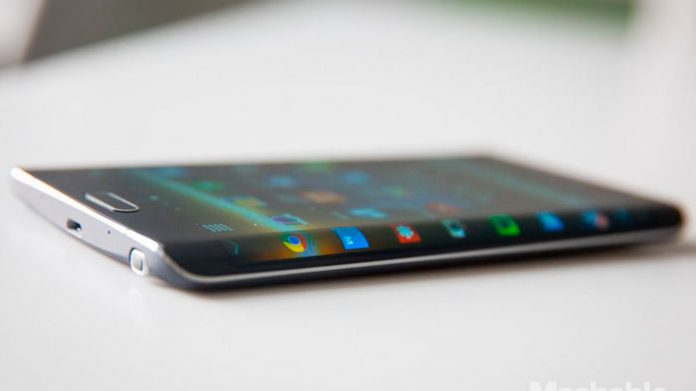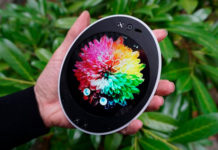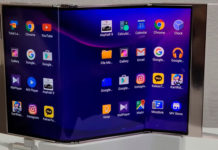High-tech companies are constantly working to create smartphones in unusual form factors. The leader in the development of original innovative devices is the South Korean Samsung, which has already released models with a flexible screen Samsung Galaxy Z Flip and Galaxy Z Fold 2.
However, flexible screens can be used not only in folding devices. Xiaomi on the Mi Mix Alpha with Surround Display demonstrated the possibility of creating a “circular” screen covering the rear and front panels. Samsung developers have already filed a patent for the smartphone with a screen that captures the front, back and edges of the device. Giuseppe Spinelli, 3D artist at LetsGoDigital, has created a video renderer of a slider smartphone, in which cameras appear when the two halves of the gadget are displaced.
Samsung’s patent, simply called “Electronic Device”, was filed with the USPTO in the summer of 2020. At the end of October, it was published and included in the worldwide database of patented technologies.
The patent is 70 pages long and describes a device completely covered with screens. Both side screens of the smartphone have a rounded shape. The body of the smartphone is made of translucent acrylic or other polymer material and is placed over the display, protecting it. The hardware is located under the displays and remains invisible to users.
The transparent body will allow the smartphone’s sensors to analyze the environment and adapt the device to specific weather conditions. Also, the device will be able to monitor the user’s health or training process.
Scanning the environment can turn a smartphone into a chameleon, disappearing from the background of the environment. The use of artificial intelligence will track the owner’s behavior and create individual customer templates.
The smartphone will also independently recognize which side of it is lying on the surface and which of the two displays needs to be activated. In this case, additional information will be displayed on the second display, for example, the date the file was created, its size, name and other data.
There are no visible buttons or sensors in the drawings of the patent, which implies their placement under the screen, including the power button, for which a piezoelectric film sensor is used. The future will show how economically profitable it will be to produce such a smartphone and how much it can cost.






